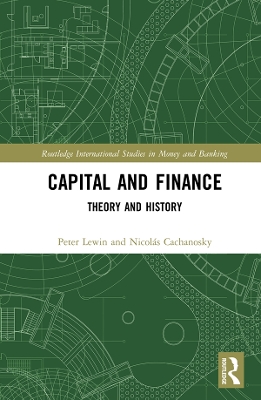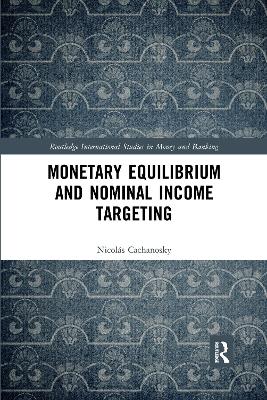Routledge International Studies in Money and Banking
2 total works
This book applies finance to the field of capital theory. While financial economics is a well-established field of study, the specific application of finance to capital theory remains unexplored. It is the first book to comprehensively study this financial application, which also includes modern financial tools such as Economic Value Added (EVA®).
A financial application to the problem of the average period of production includes two discussions that unfold naturally from this application. The first one relates to the dual meaning of capital, one as a monetary fund and the other one as physical (capital) goods. The second concerns its implications for business-cycle theories. This second topic (1) provides a solid financial microeconomic foundation for business cycles and, also (2) makes it easy to compare different business-cycle theories across the average period of production dimension. By clarifying the obscure concept of average period of production, the authors make it easier to analyze the similarities with and differences from other business-cycle theories.
By connecting finance with capital theory, they provide a new point of view and analysis of the long-standing problems in capital theory as well as other related topics such as the use of neoclassical production functions and theorizing about business cycles. Finally, they emphasize that the relevance of their application rests on both its policy implications and its contributions to contemporary economic theory.
This book examines the case of nominal income targeting as a monetary policy rule. In recent years the most well-known nominal income targeting rule has been NGDP (level) Targeting, associated with a group of economists referred to as market monetarists (Scott Sumner, David Beckworth, and Lars Christensen among others).
Nominal income targeting, though not new in monetary theory, was relegated in economic theory following the Keynesian revolution, up until the financial crisis of 2008, when it began to receive renewed attention. This book fills a gap in the literature available to researchers, academics, and policy makers on the benefits of nominal income targeting against alternative monetary rules.
It starts with the theoretical foundations of monetary equilibrium. With this foundation laid, it then deals with nominal income targeting as a monetary policy rule. What are the differences between NGDP Targeting and Hayek’s rule? How do these rules stand up against other monetary rules like inflation targeting, the Taylor rule, or Friedman’s k-percent?
Nominal income targeting is a rule which is better equipped to avoid monetary disequilibrium when there is no inflation. Therefore, a book that explores the theoretical foundation of nominal income targeting, comparing it with other monetary rules, using the 2008 crisis to assess it and laying out monetary policy reforms towards a nominal income targeting rule will be timely and of interest to both academics and policy makers.

